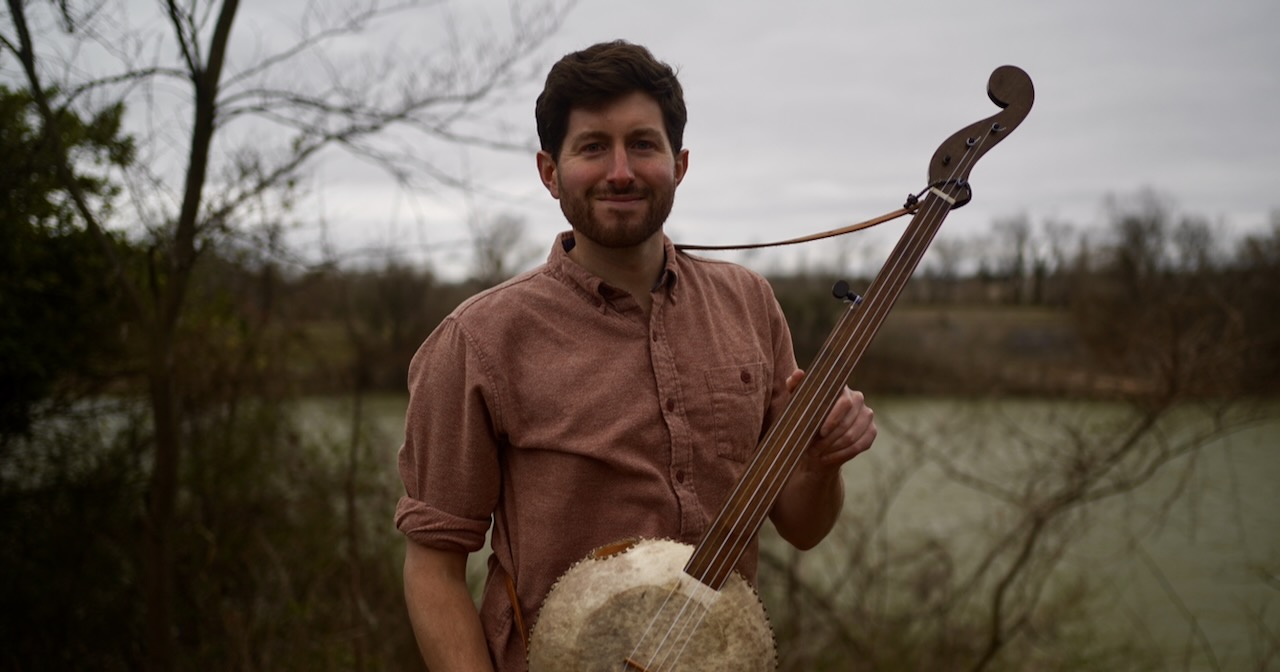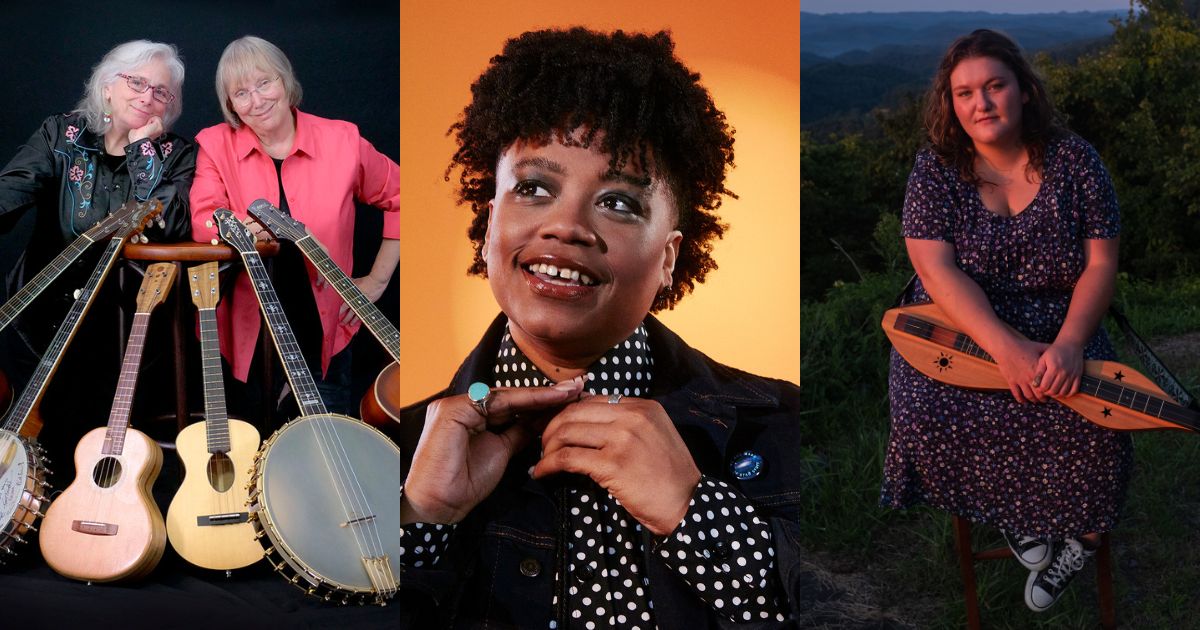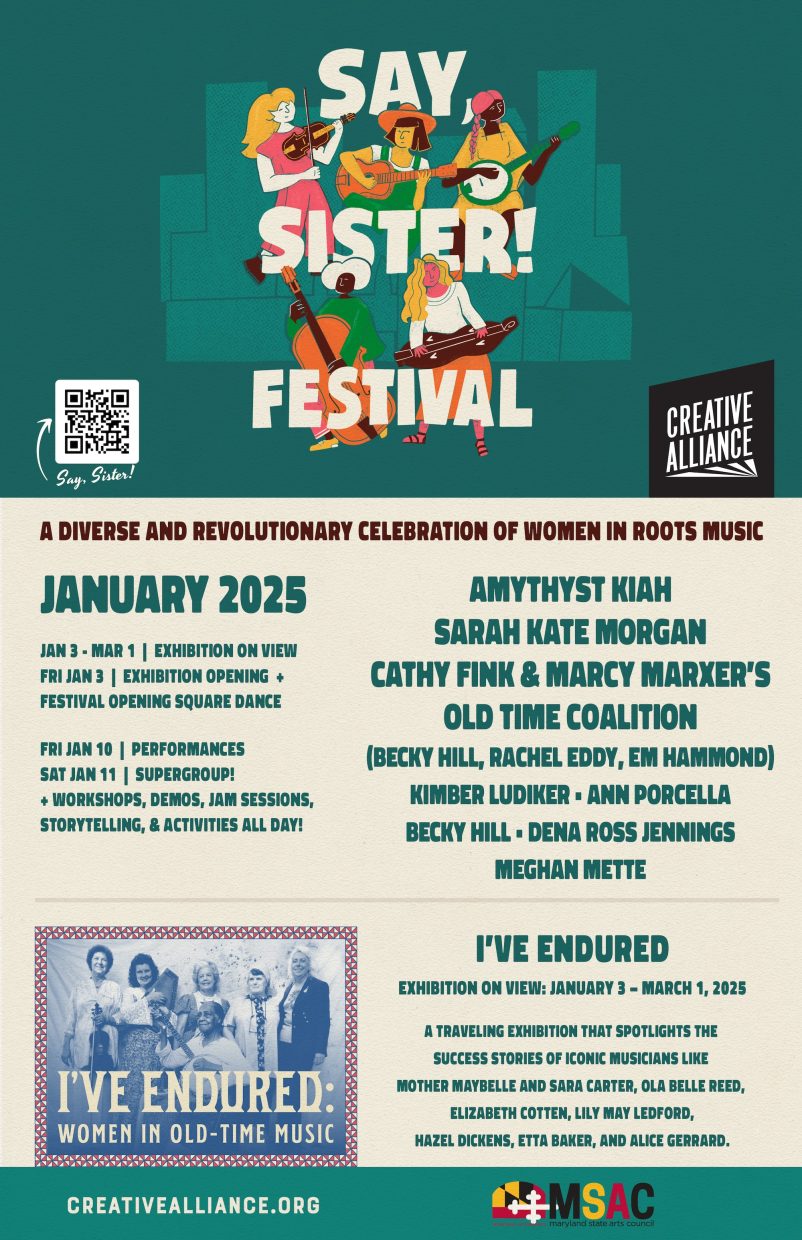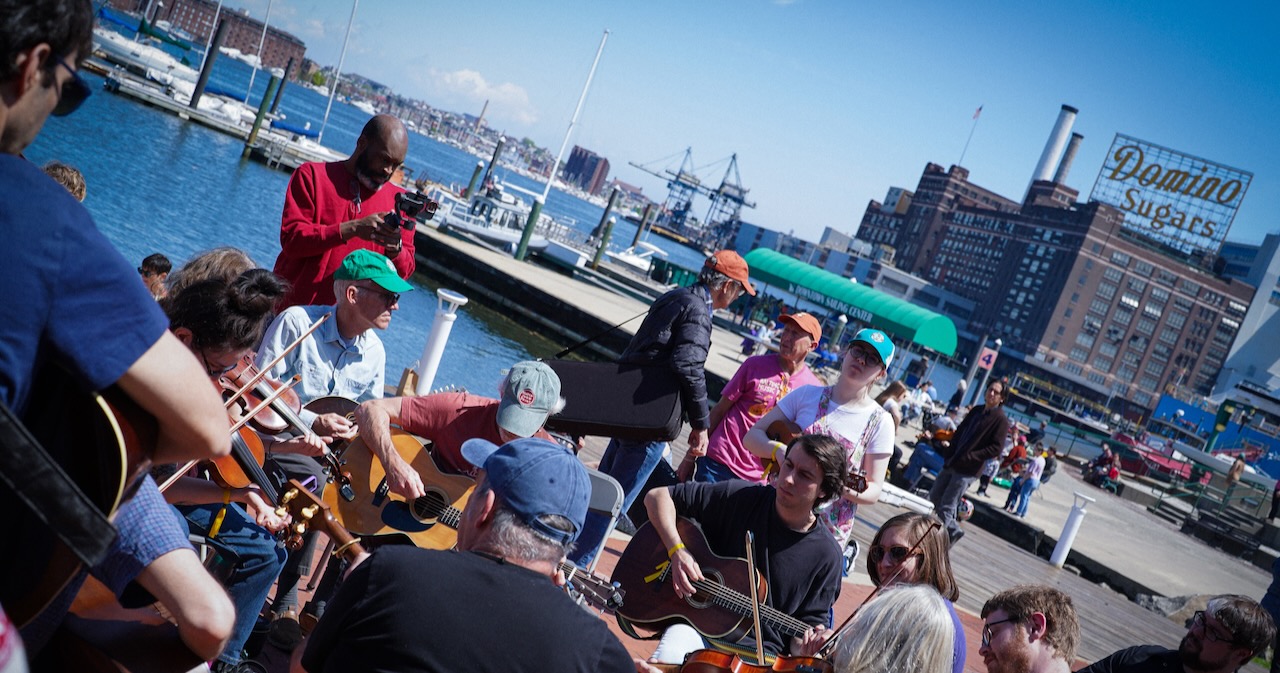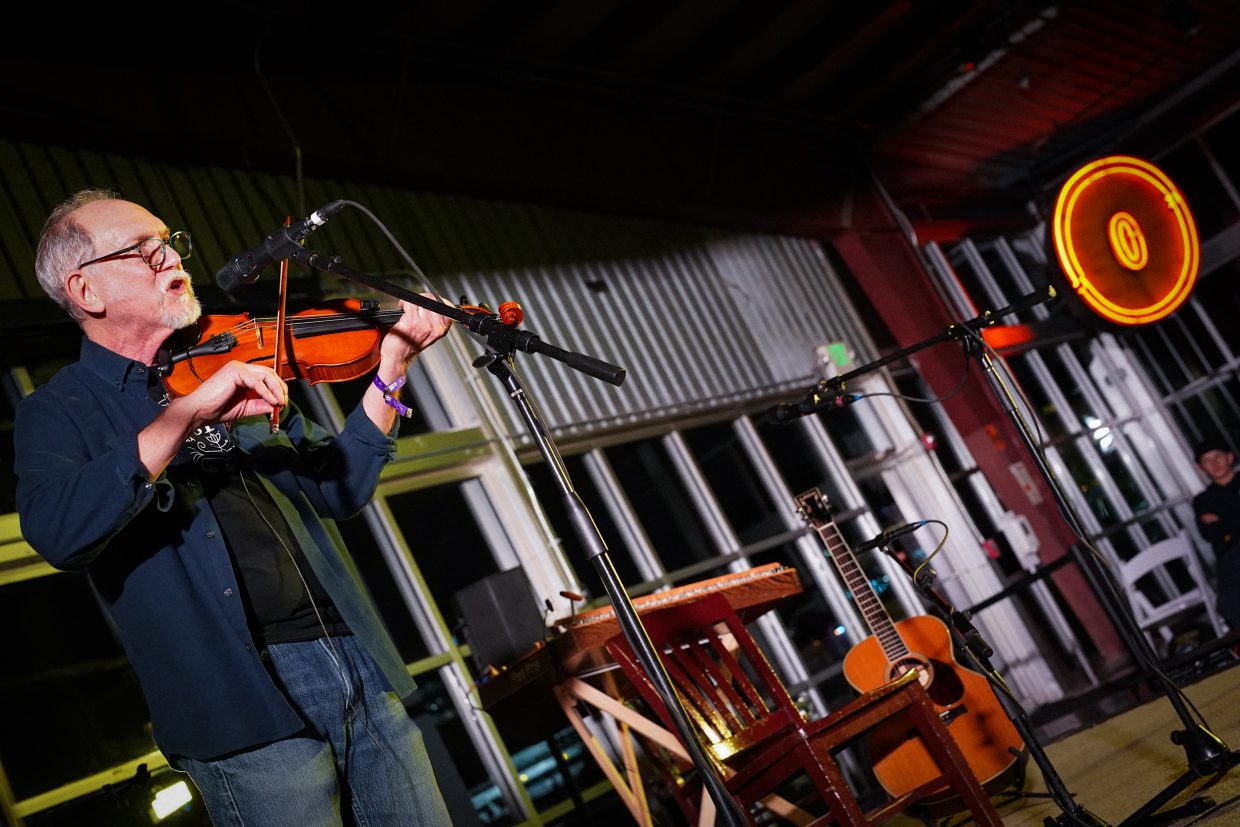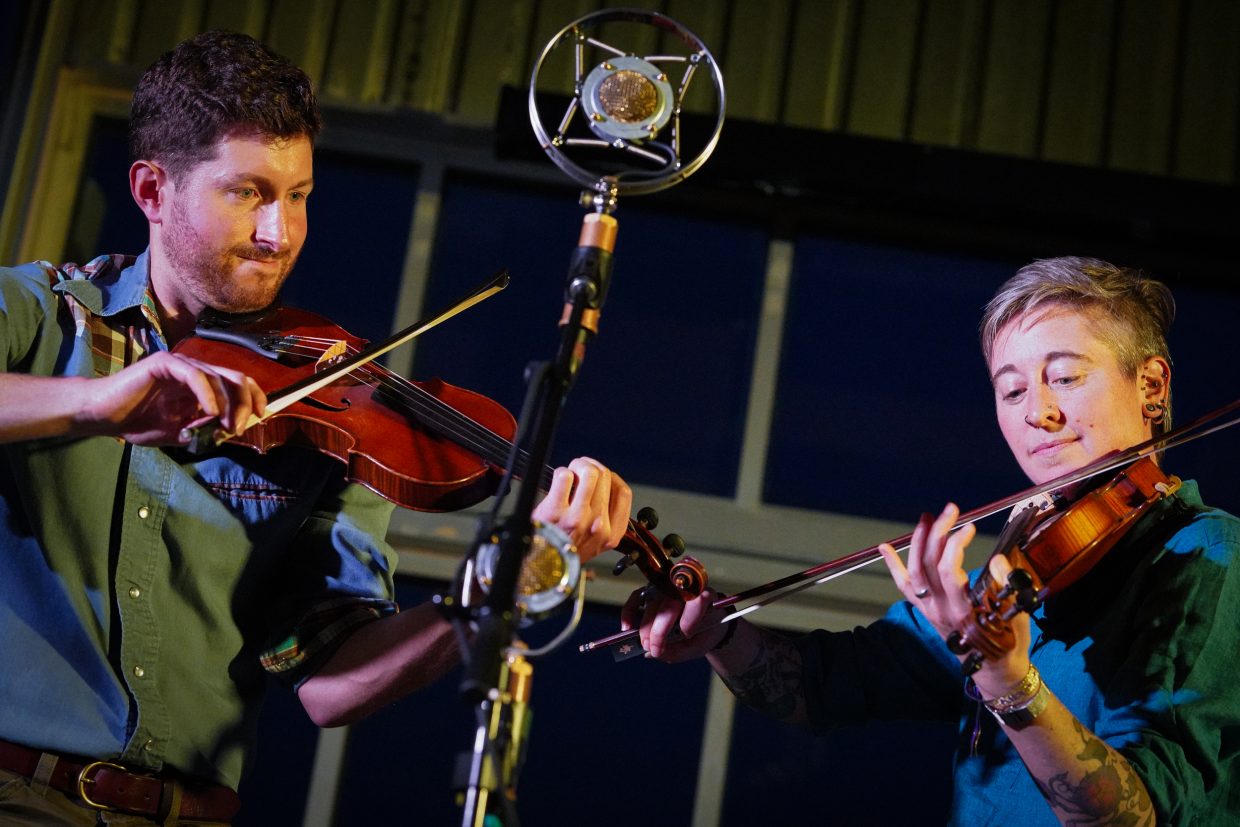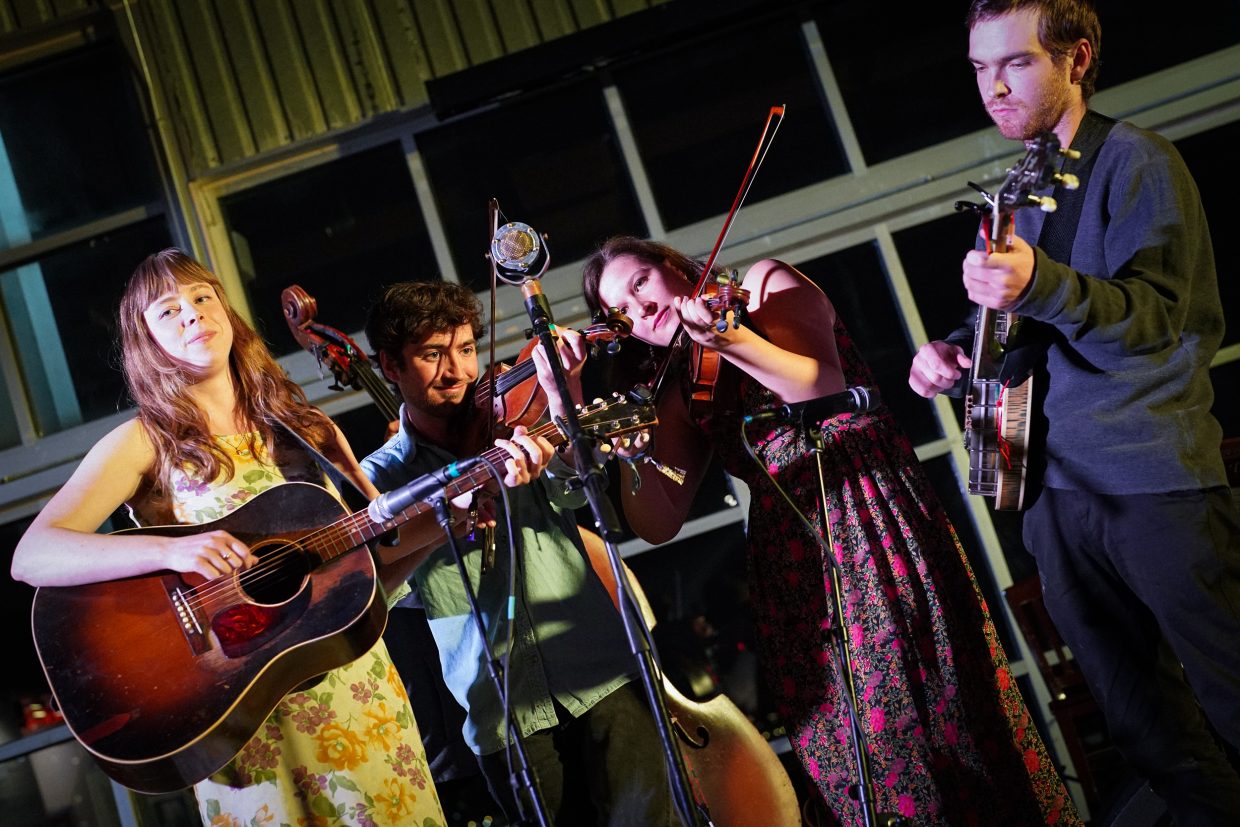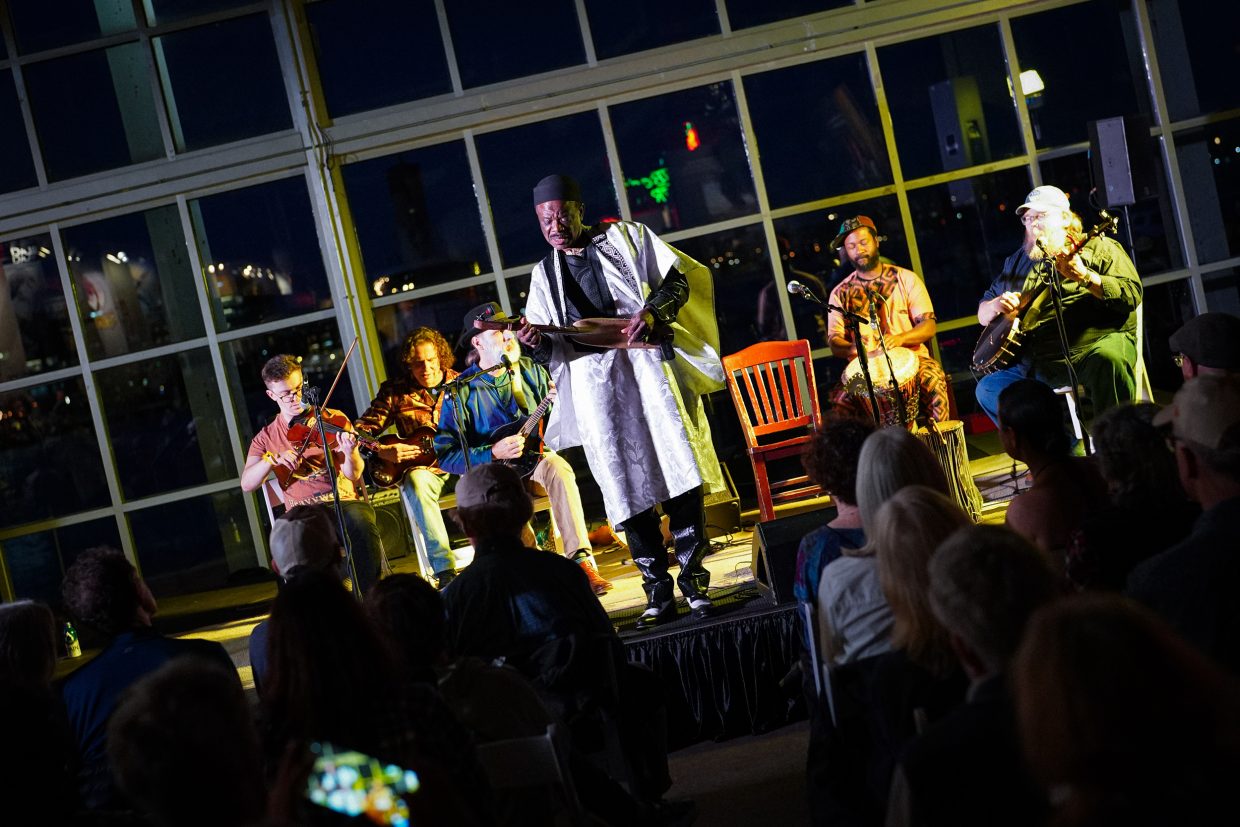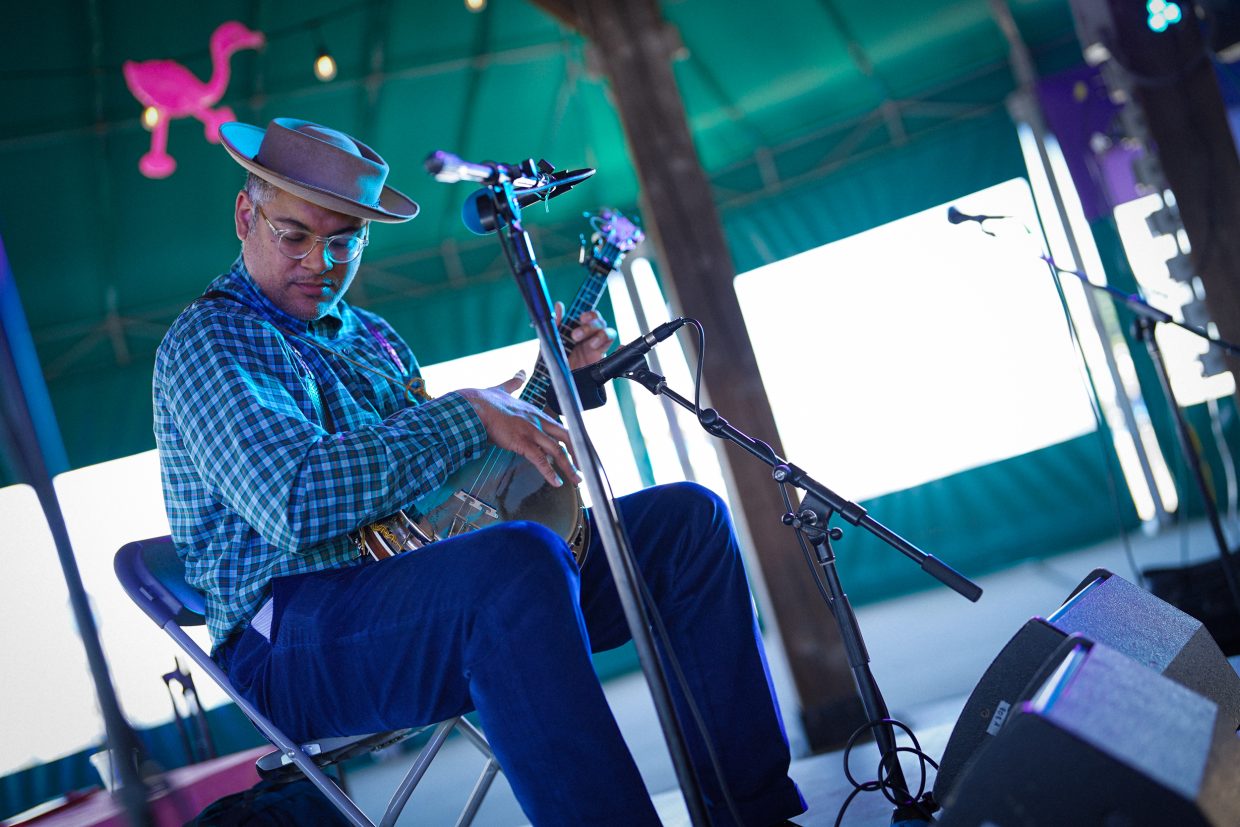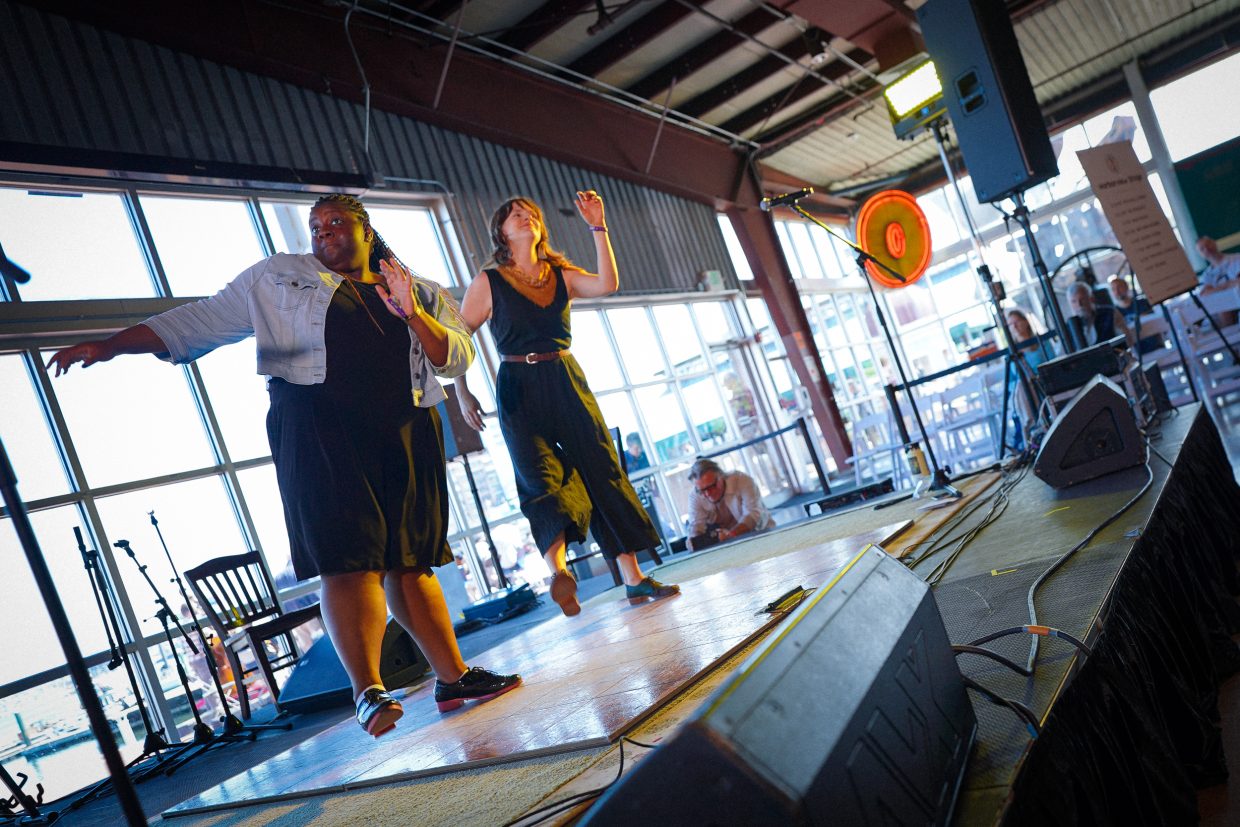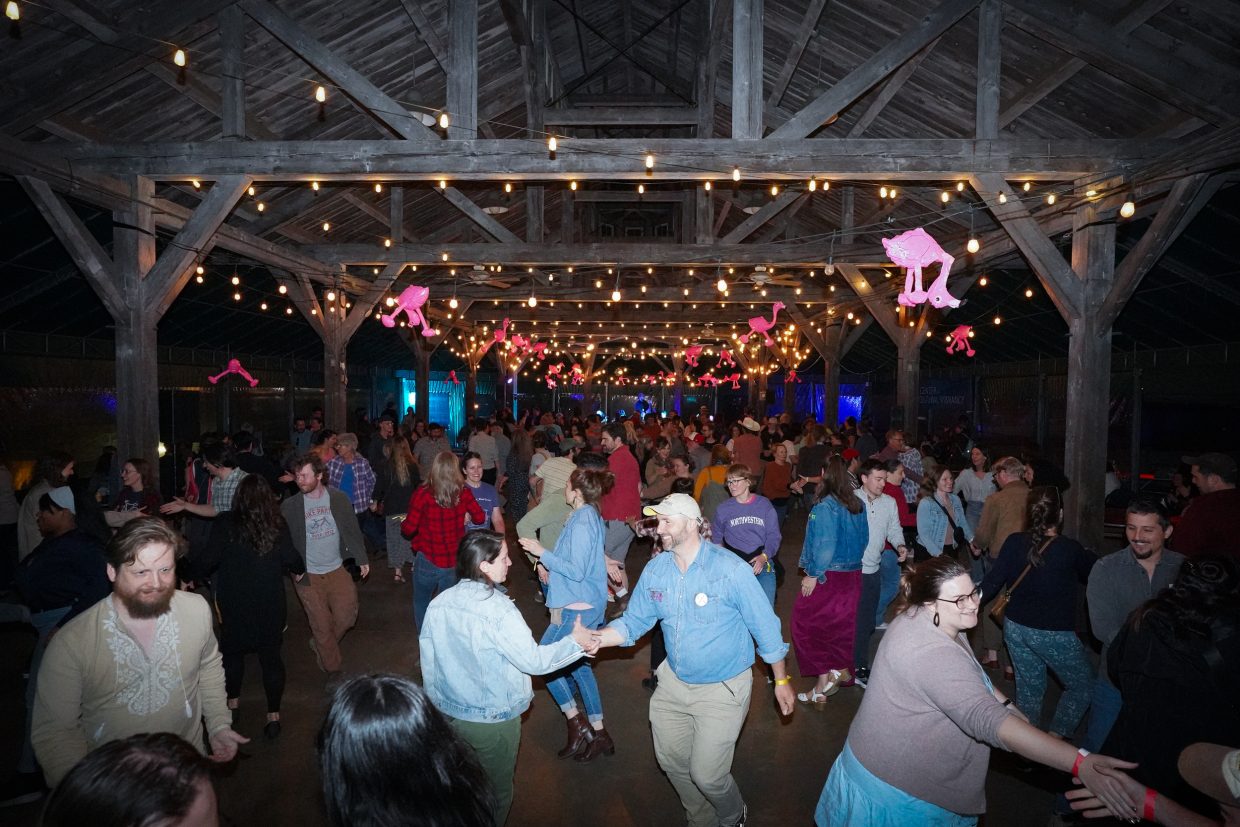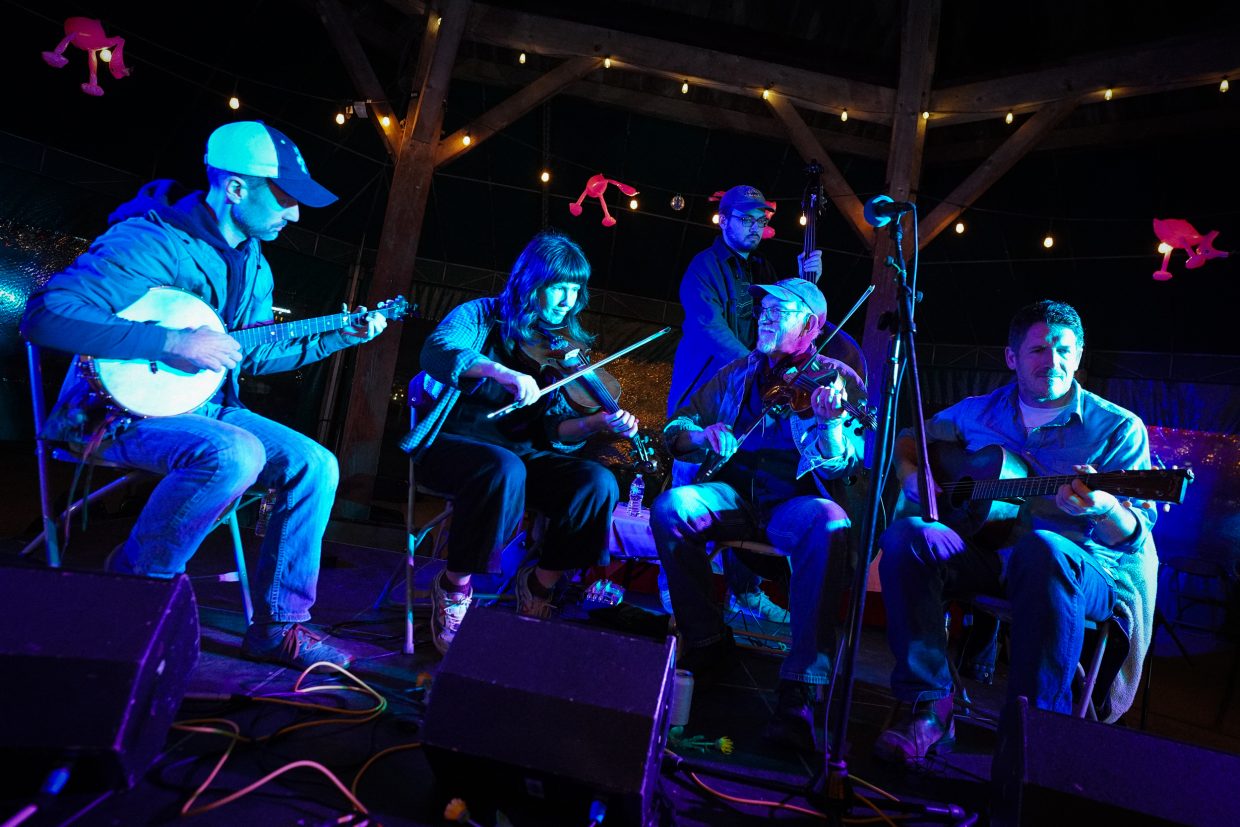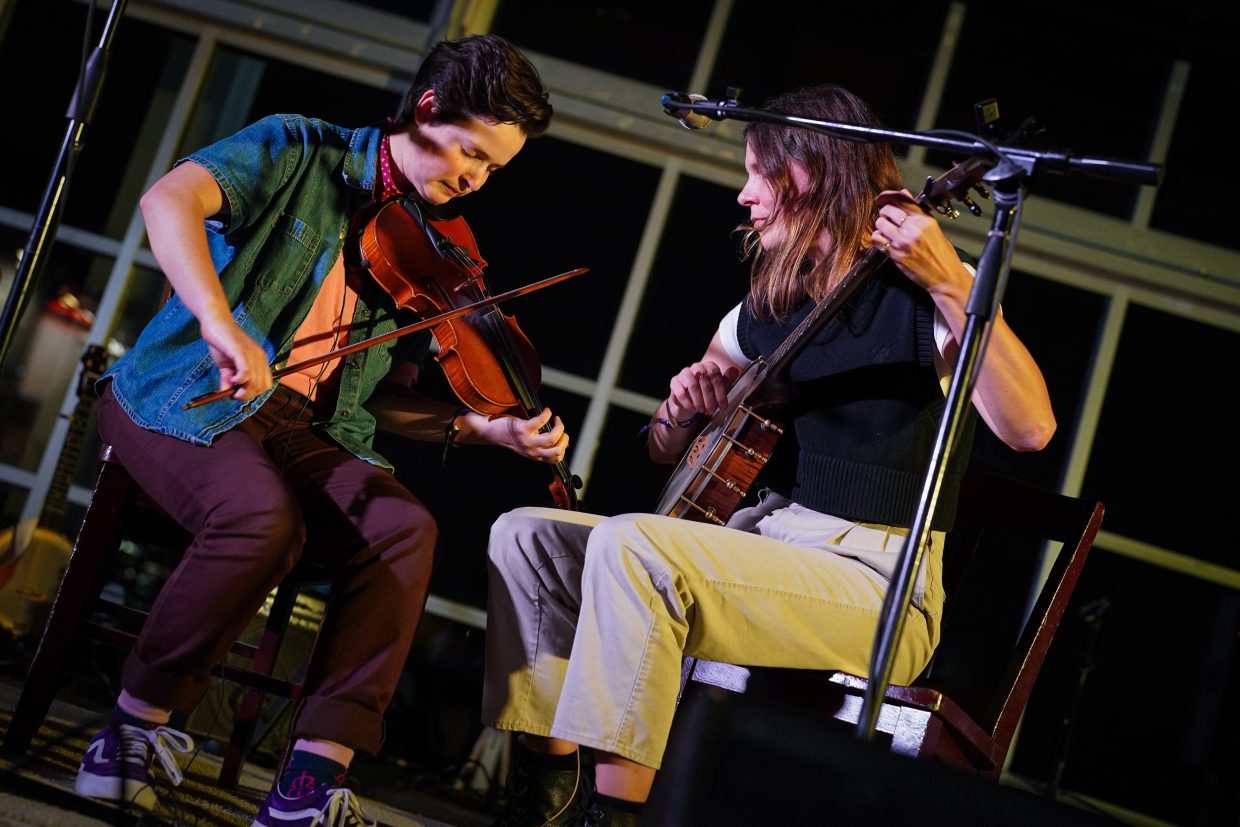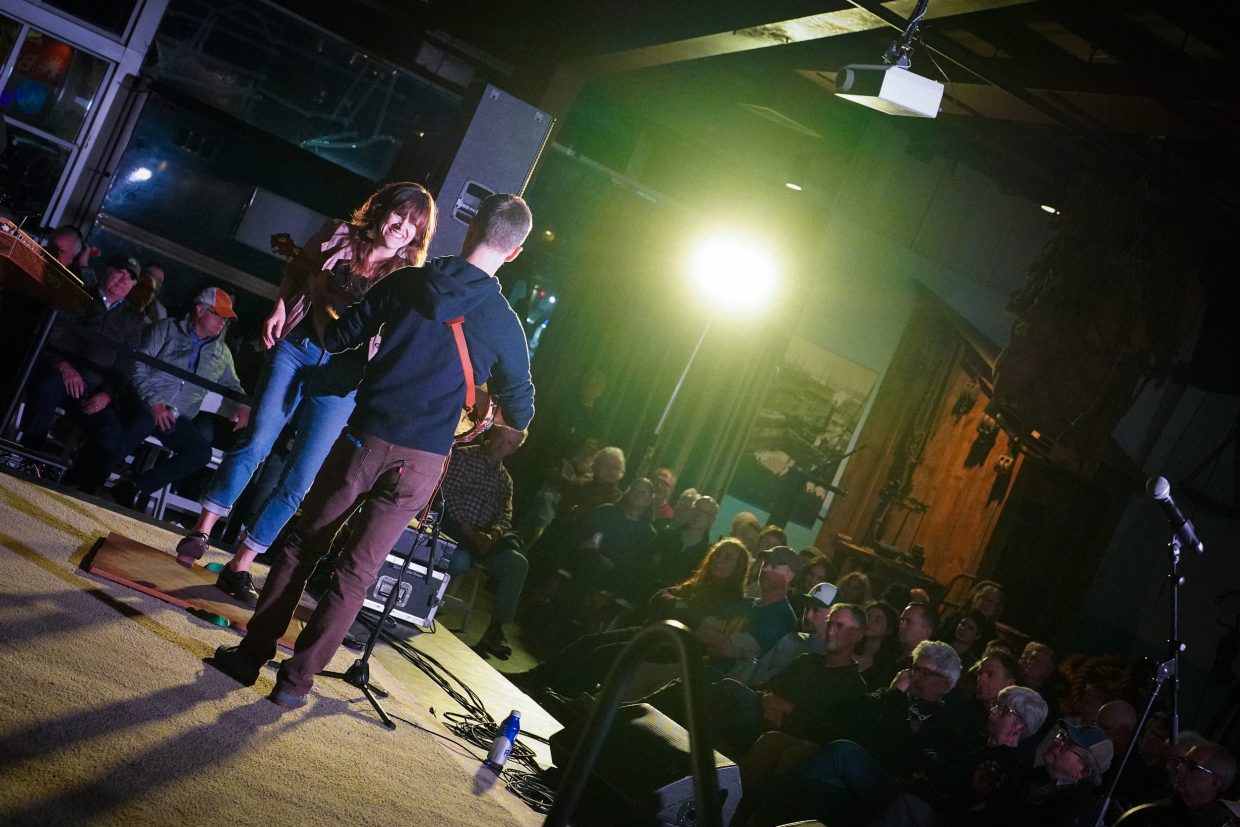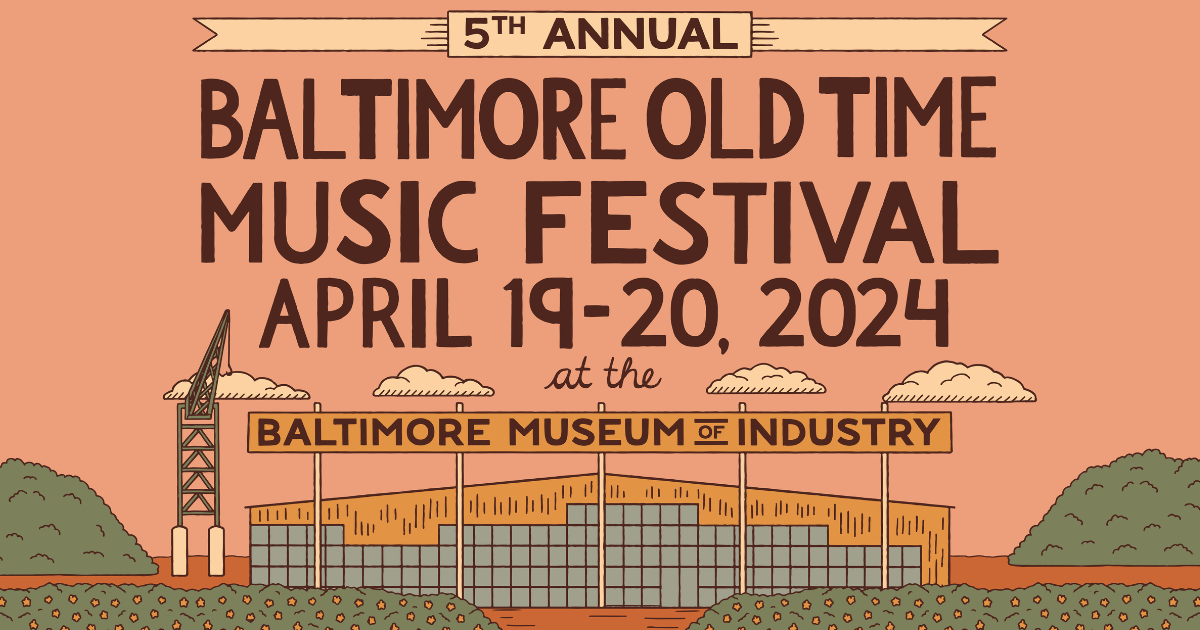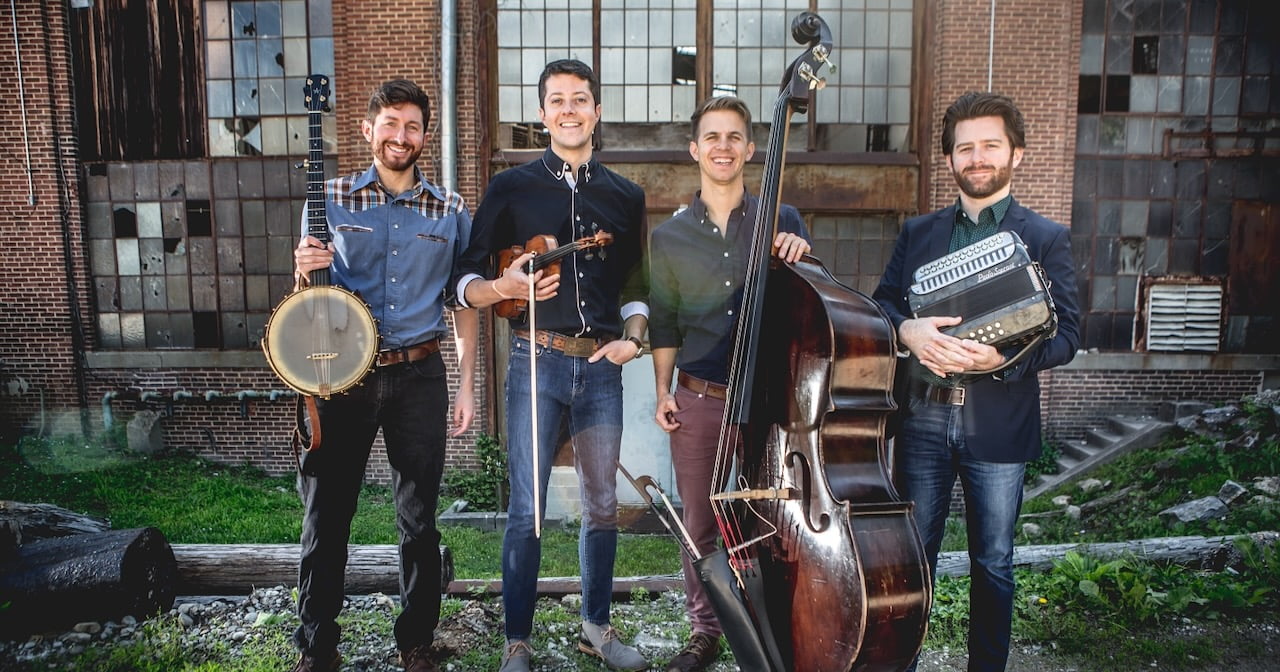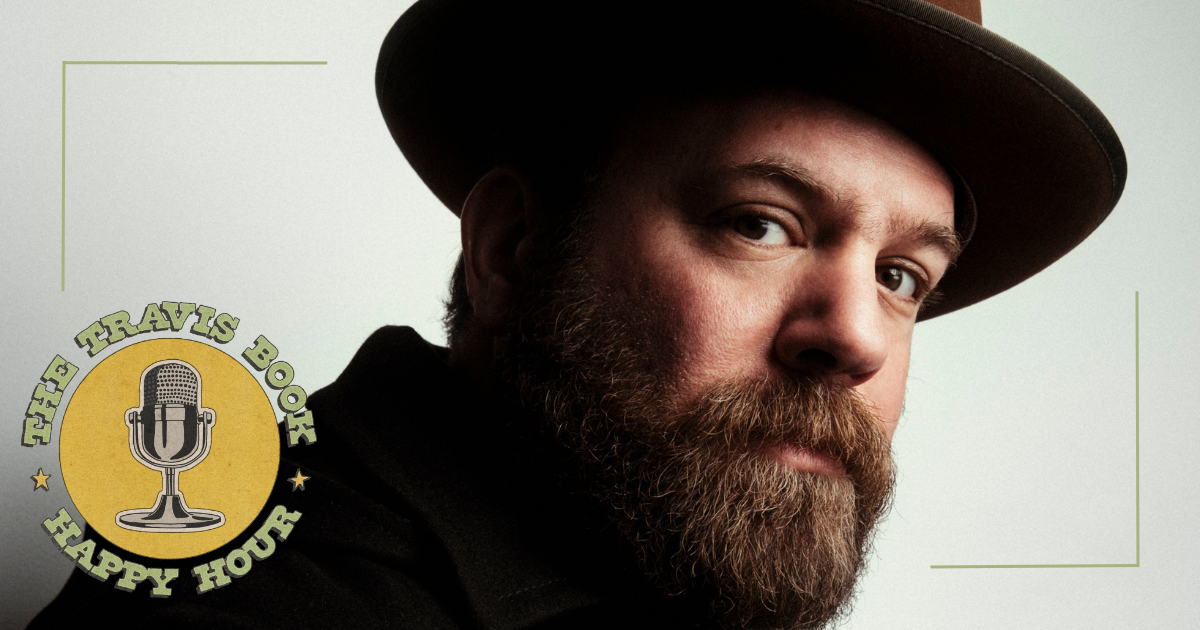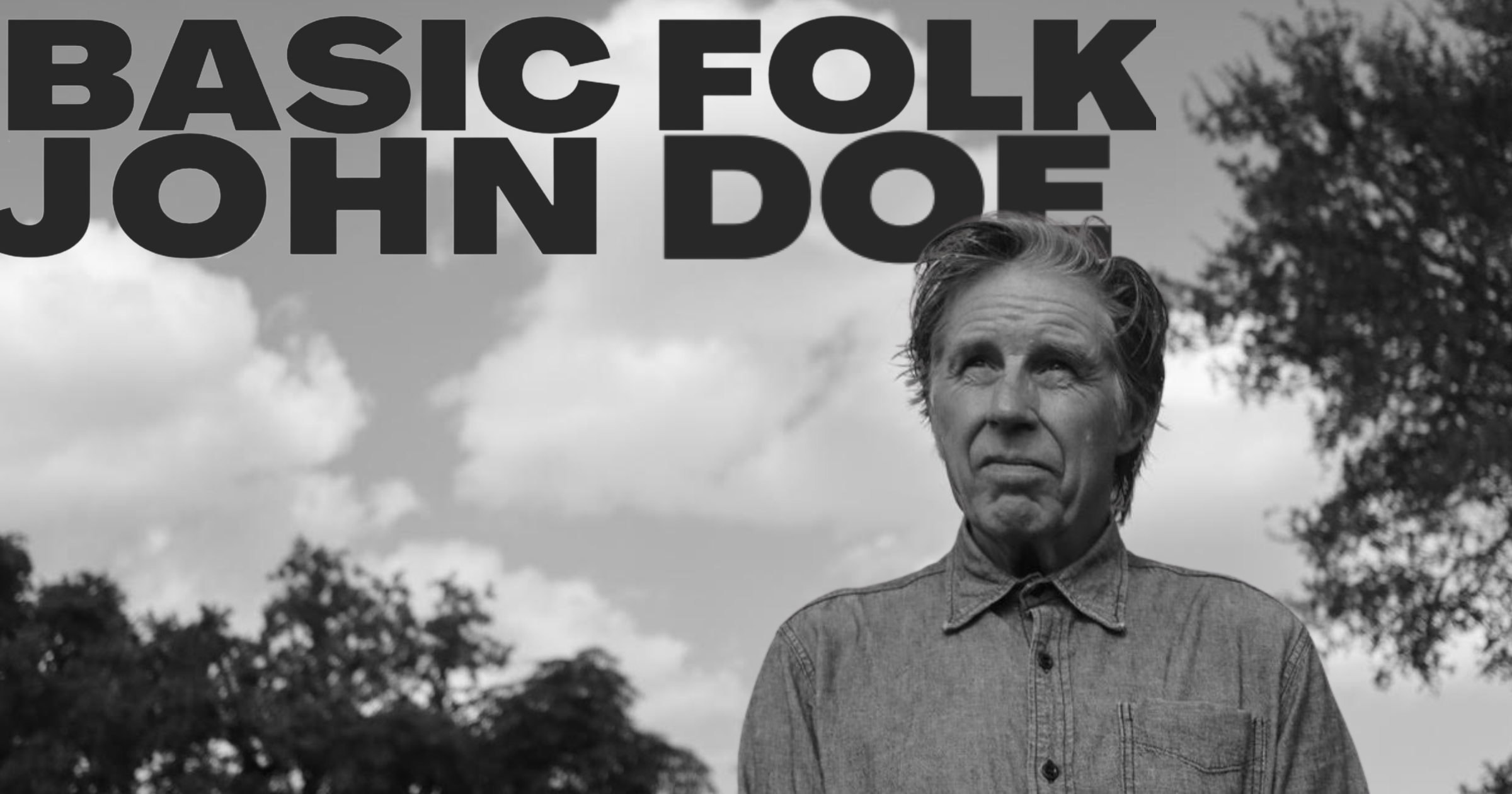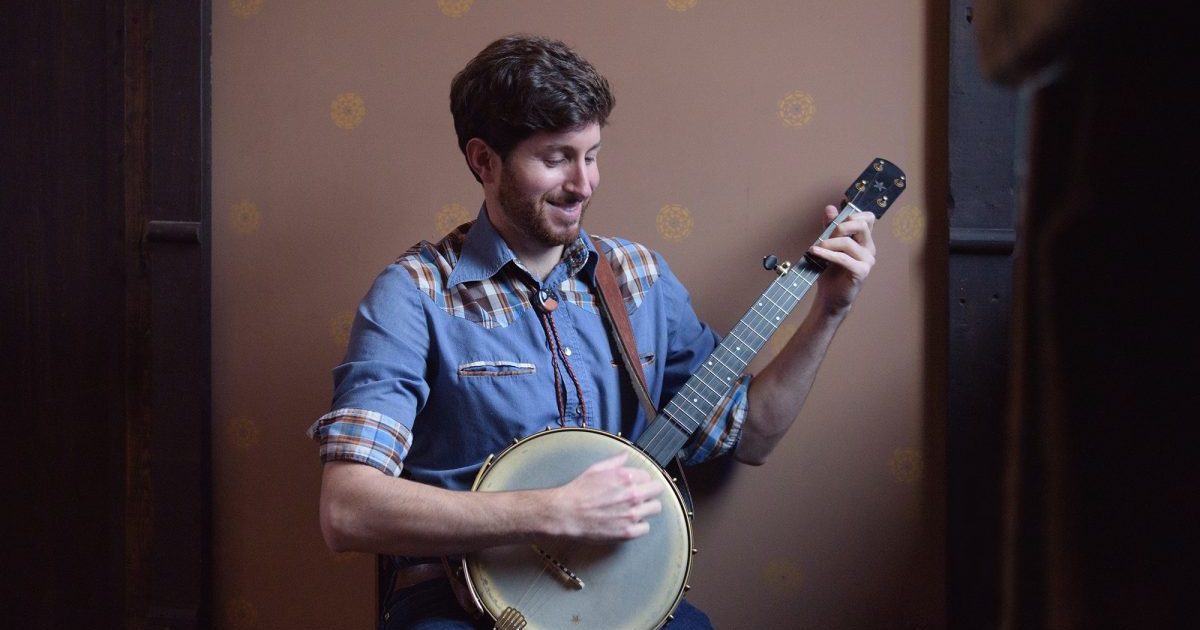My gourd banjo journey began on a crisp, winter day in downtown Ithaca, New York. While an undergrad at Ithaca College early in my banjo-playing days, I stopped by the local acoustic instrument store and saw a peculiar banjo-like creature hanging high up on the wall. I was instantly hooked. It had five strings and a short drone string just like my banjo. I could play the same clawhammer style I was familiar with, but everything felt and sounded different. The instrument had an earthy, plunky, and rich tone. Besides being completely fretless and tuned a few steps low, the head was made of a gourd that smelled like dirt. Flash forward 15 years and here I’ve just released an album of solo, unaccompanied gourd banjo music called Old Growth.
These days, I play a gourd banjo built by Pete Ross, an immensely talented banjo maker who lives in my hometown of Baltimore, Maryland, a town full of banjo history. The first professional banjo maker in the world, William Boucher, set up shop in Baltimore in the mid-19th century. The neck of this banjo, notably the scroll-shaped headstock, is modeled after the Boucher style. In addition to being a tool for creative exploration, the gourd banjo serves as a prism into the complex history of the banjo. It’s a reliable conversation-starter everywhere I go. For more on banjo history, I encourage you to read Well of Souls by Kristina Gaddy.
While compiling this list, I was struck by the sheer variety in tone and texture possible with the gourd banjo. While the instrument connects to the early roots of old-time music, it continues to serve as a platform for innovation. Every player is unique. This list features gourd banjoists from around the world playing traditional and original material. Let’s go on a deep dive into the gourd banjo! – Brad Kolodner
“Josie-O” – Adam Hurt
Arguably the most influential gourd banjo album of our time, Adam Hurt’s Earth Tones is sublime. Cover to cover, this is a dreamy album of solo gourd banjo pieces and it’s on regular rotation at my house. Adam is one of today’s most influential clawhammer banjo players and there’s no question his gourd banjo playing, and this album specifically, introduced the gourd banjo to much wider audiences inspiring countless musicians along the way.
“Old Growth” – Brad Kolodner
The title track of my new album Old Growth is a dark, spooky tune I wrote in the depths of winter, yearning for those sun-filled summer days in the vibrant forests just north of town. I tuned my banjo extra low on this track, hence the extra mellow vibes. The title speaks to the seemingly ancient sound of the gourd while nodding to how this music continues to evolve.
“Julie” – Rhiannon Giddens
A song inspired by a conversation between an enslaved woman and her mistress during the Civil War, Rhiannon Giddens’ use of the gourd banjo is particularly poignant on “Julie.” Rhiannon is a tremendous ambassador for the banjo. She’s reframing the conversation around the history of the instrument and the role Black folks have played and continue to play in American Roots music. The early incarnations of the banjo made by enslaved Africans were gourd banjos.
“Rolling Mills” – Pharis & Jason Romero
Based in Horsefly, British Columbia, Pharis & Jason Romero build some of the most gorgeous (gourd-geous?) banjos in the world. Jason Romero built the gourd banjo he’s playing on this track. Both are immensely talented musicians who take great care in their instrument building and songcraft.
“Darling Cora” – Nora Brown
One of the most exciting young banjo players on the scene today, Nora has a deep reverence for the roots of old-time music. Her playing is absolutely sublime. She plays a gourd banjo very similar to mine also built by Pete Ross in Baltimore. All gourd banjos are handmade, which gives each one a unique sound.
“Long Hot Summer Days” – John Showman & Chris Coole
Chris Coole is a banjo hero of mine and his gourd banjo playing on this John Hartford track fits perfectly. The slinky nature of the fretless gourd truly embodies those sluggish long, hot summer days.
“Gourdness” – Arnie Naiman
Arnie is one of Canada’s finest banjo players and a clever tunesmith to boot. I first heard his playing on the compilation album The Old Time Banjo Festival produced by Cathy Fink & Marcy Marxer.
“Goodbye, Honey, You Call That Gone” – Jake Blount
Ok so, technically, Jake isn’t playing a gourd banjo on this track. He’s playing a fretless banjo with nylon strings which sounds an awful lot like a gourd banjo. The next incarnation of the banjo in the mid-19th century after the gourd banjo was along the lines of what you’re hearing on this track.
“Four and Twenty Blackbirds Dancing on a Deer Skin / Twin Sisters” – Teilhard Frost
Teilhard Frost resides on Wolfe Island in Ontario and is a longtime member of the band Sheesham, Lotus & Son. He set out to build gourd fiddles many years ago and now specializes in gourd and tackhead banjos.
“The Rain Done Fell on Me, Pt. 1” – Justin Golden
Primarily known as a blues guitarist and songwriter, Justin Golden plays a mean gourd banjo. Based in Richmond, Virginia, Justin is a gem of a human – and he’s been going through a real challenging time as he’s currently battling stage 4 cancer. There’s a GoFundMe for him here.
“Wild Bill Jones” – Ken & Brad Kolodner
When my father Ken and I first started making music together nearly 15 years ago, we figured the fiddle and banjo would be the core focus of our music. We soon realized the percussive nature of the hammered dulcimer and the drive of clawhammer mesh together beautifully. The gourd banjo adds yet another dimension to this unusual texture, especially when cranked up to the tempo of “fast.” That’s Ken Kolodner on hammered dulcimer, Rachel Eddy on guitar, Alex Lacquement on bass, and myself on gourd banjo.
“Western Pine” – Talise
In compiling material for this list, I came across this lovely original song by the Canadian artist Talise featuring gourd banjo. I’m excited to dig more into her work!
“Jagged Mountain Is on Fire (Gourd Banjo)” – Andrea Verga
Born and raised in Italy, Andrea Verga is one of today’s most inventive and creative clawhammer banjo players. He writes adventurous melodies; this tune is inspired by the jagged peaks of the Dolomite Mountains in Andrea’s home country.
“Ard Aoibhinn / The Hunter’s Purse” – Steve Baughman
Steve is one of today’s most influential Celtic fingerstyle guitar players – he’s also one of the most creative banjo players out there. He even plays clawhammer on guitar! This medley features a pair of Celtic tunes played on gourd and mandolin.
“Pompey Ran Away” – Clarke Buehling
Considered to be the first banjo melody officially documented, “Pompey Ran Away” dates back to the 18th century. Hailing from Fayetteville, Arkansas, Clarke Buehling is a renowned banjo player and historian who has long been an advocate for the gourd banjo.
Photo Credit: Frank Evans
